The subject of this review is an Agfa camera introduced at the end of the 1950s Silette range, the Agfa Super Silette Automatic, one of Agfa’s last, traditionally built, quality 35mm cameras.
One of the best outcomes of the digital revolution in photography for me is that I can now indulge myself with several film cameras at the same time. It would have been economically impossible for me to do this at the times they were new as I rarely could afford more than one camera at a time, usually secondhand. I did manage to have two Nikkormats at one point, for colour and mono options.
As a designer in my professional life, industrial design has been a constant interest and, of course, camera design in particular, photography being my life-long passion. Whatever the camera currently in my hands, I am always interested in when and why it was designed as it was. A classic, if extreme, example is the Calypso underwater camera, originally made for Jacques Cousteau in support of his oceanographic explorations which was later taken over by Nikon and became the Nikonos. Very much of its time and purpose.
Another thing that fascinates me is the emphasis different manufacturers placed on specific functional aspects of their products. Voigtländer concentrated on making the viewing experience as comfortable as possible, keeping both eyes open. They pioneered large, life-size finders with their Kontur range initially and later developed their built-in reflected frame life size finders. For Agfa it was the shutter release they were keen to perfect, culminating in their distinctive, orange/red ‘Sensor’ diaphragm release.
The camera
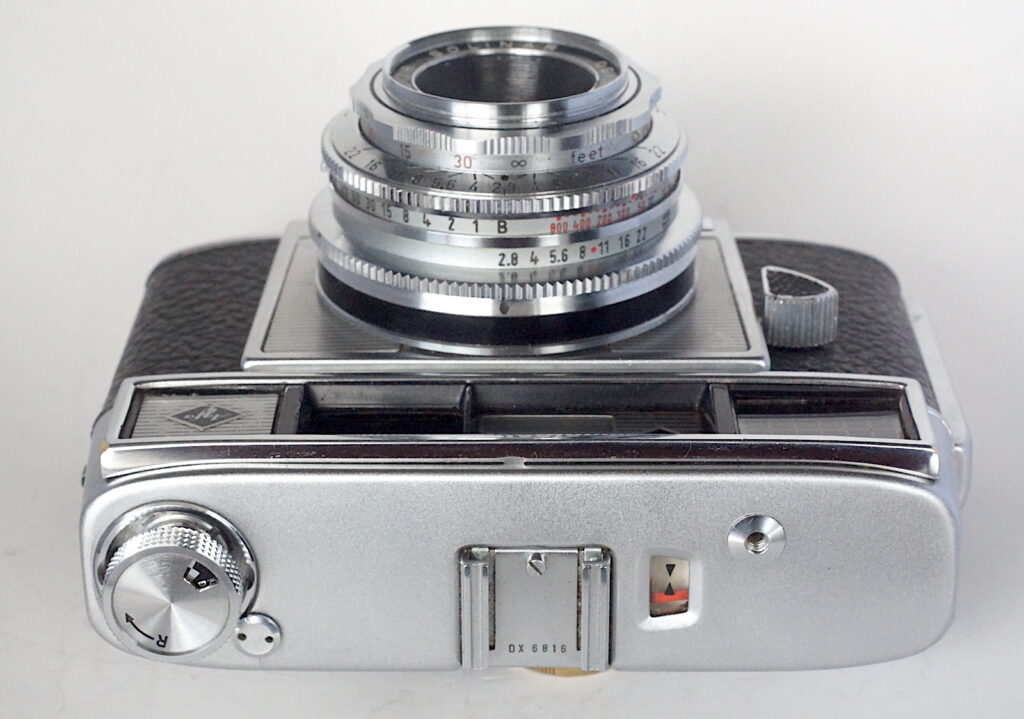
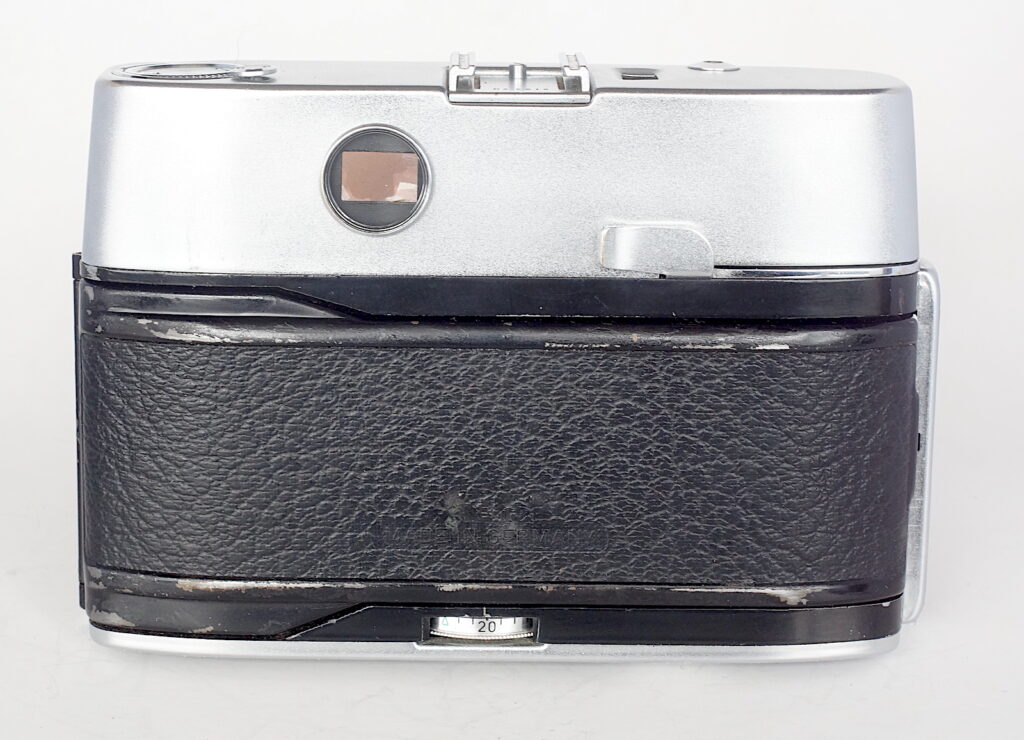
Introduced in 1959 at the same time as the Optima range, the Agfa Super Silette Automatic must have been overshadowed by the Optima’s great sales success. The 1961 Optma IIIS and 1963 500S effectively replaced it, having essentially the same specification but with all the ease of use automatic features that the traditional Silette range didn’t offer. It used the same, improved, front-mounted release as the Optima, many of the contemporary Silette and Optima models sharing the same or very similar components.
It was a well-specified camera, with a Tessar type Color Solinar lens in a fully speeded, Prontor SLK shutter. A coupled selenium meter was built in giving shutter priority exposure control by matching the aperture to the set speed and all displayed in a clear viewfinder with an excellent coupled rangefinder and, unusually, automatic parallax compensation of the bright line frame.
My example of the Agfa Super Silette Automatic came to me as a very inexpensive ‘Buy now’ which didn’t look very great when it arrived. Some controls were very stiff, particularly the aperture and shutter speed rings but cosmetically it wasn’t too bad, only missing the leatherette inset in the shutter release lever. The focus though was silky smooth so the dreaded Agfa green grease must have been dealt with previously, but apparently not by an expert. Unfortunately this most likely caused its other issues, including slight focus inaccuracy and over-tightening of the speed plate in the shutter, the probable cause of the stiffness of the coupled shutter and iris controls. I am no repair expert and the assembly intricacies of the camera prevented me from applying more than basic remedies but I managed to bring things to a workable level. The case was in a sorry state, no doubt suffering from the weighty camera it was holding. The camera doesn’t have strap lugs, relying on the half case for support which, fortunately, is still useable.
In use
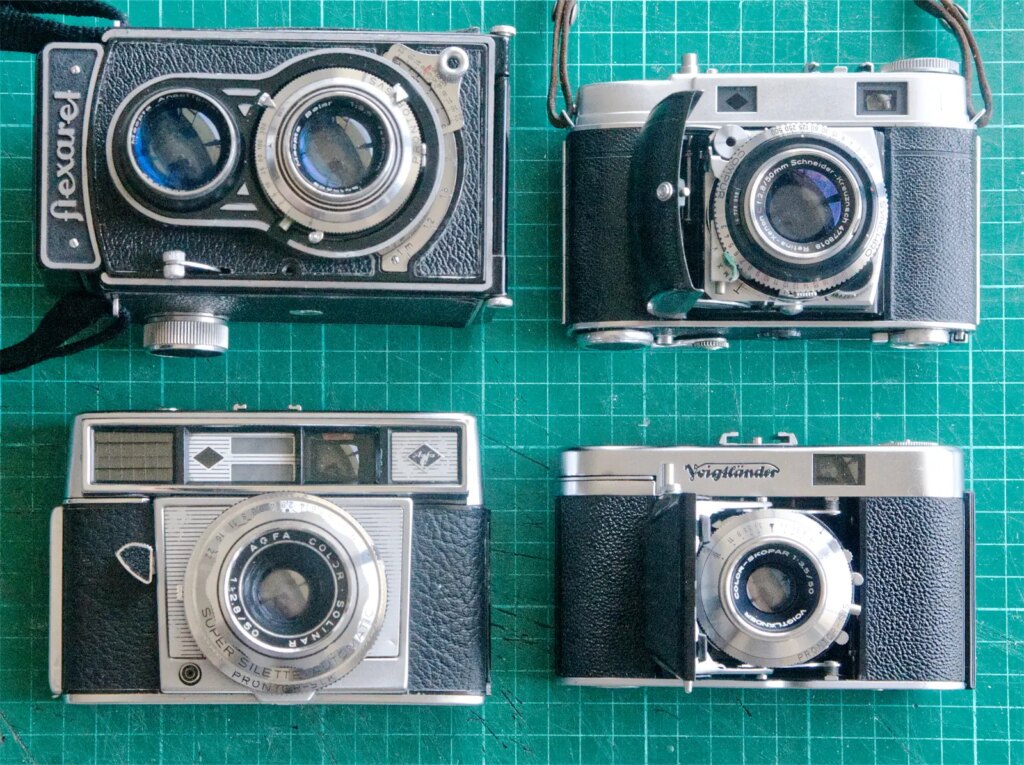
It really is a large, heavy camera, typical of quality instruments from the period, with all-metal body and components, covered in leatherette and trimmed with polished, screen printed panels. It feels very comfortable, if weighty and on the large side to hold, with all the controls falling conveniently to hand. The shutter release in particular is very good, feather-light and needing only a short, very light pressure to release, one of the best I have experienced though more tension might be preferable. I think I lost a few frames through releasing the shutter accidentally. Best practice would be to wind just before making the exposure I imagine.
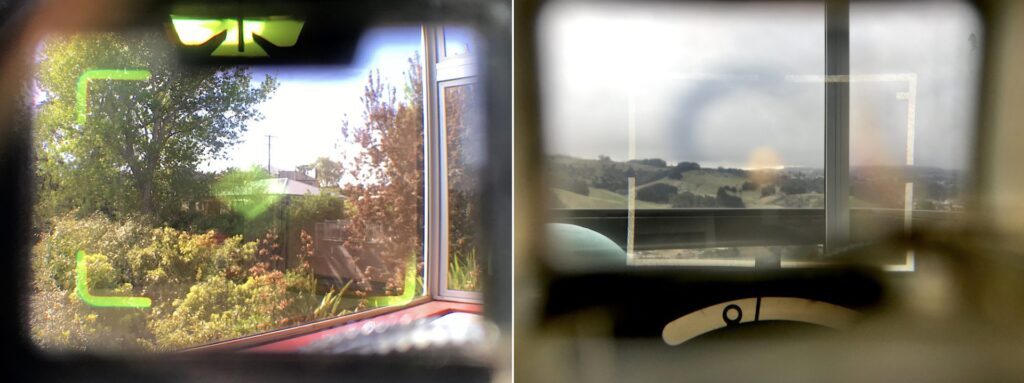
At approximately 3/4 life size and not very wide coverage, the finder is not quite as expansive as the Voigtländer life size finders of the later Vitos and Vitomatic IIa I once had, but comes close. Even wearing glasses almost everything can just be seen apart from the meter read-out. The suspended frame is very clear in bright green and the well-aligned rangefinder diamond is clearer and larger than most, contrasted in green also. The frame is automatically adjusted for parallax as focus is brought closer, quite an advanced feature and much better than having to remember to allow for it manually using small indicator lines like the Voigtländer and many others.
The meter appears in my Agfa Super Silette Automatic to be accurate. All my exposures were based on its readings and gave good negatives. I have several selenium meters and they are all still functioning well, even a 1950s Weston. The key is that none of them have been exposed to light for very long periods, always kept in a closed case. Prolonged exposure to light is what reduces or destroys the sensitivity of a selenium cell.
I ran an FP4+ test film through but something went awry during rewinding, apparently opening the shutter and eventually becoming so stiff I had to stop and open the camera in my changing bag. Only the first few frames survived un-fogged. My second XP2+ film after the CLA gave me no problems other than the few missed frames mentioned above. These examples are from both.
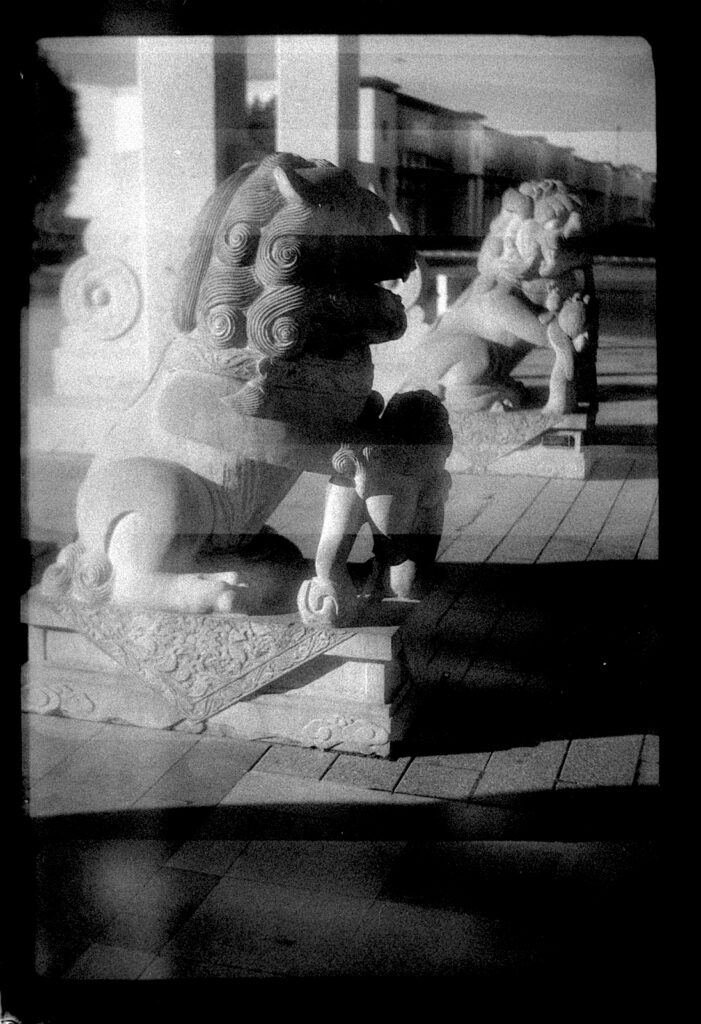
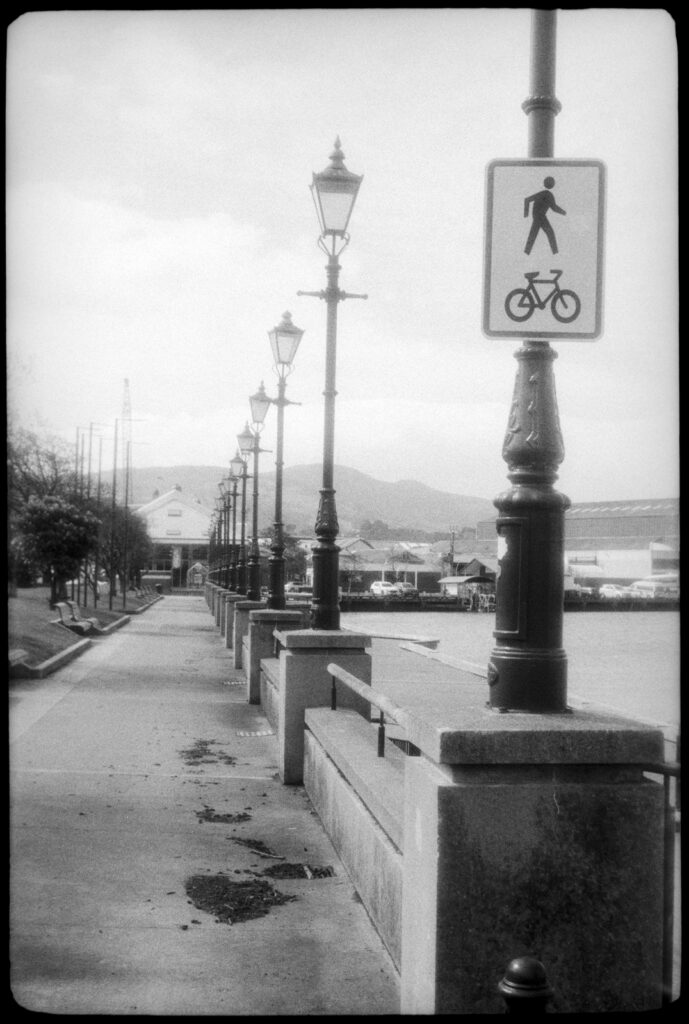
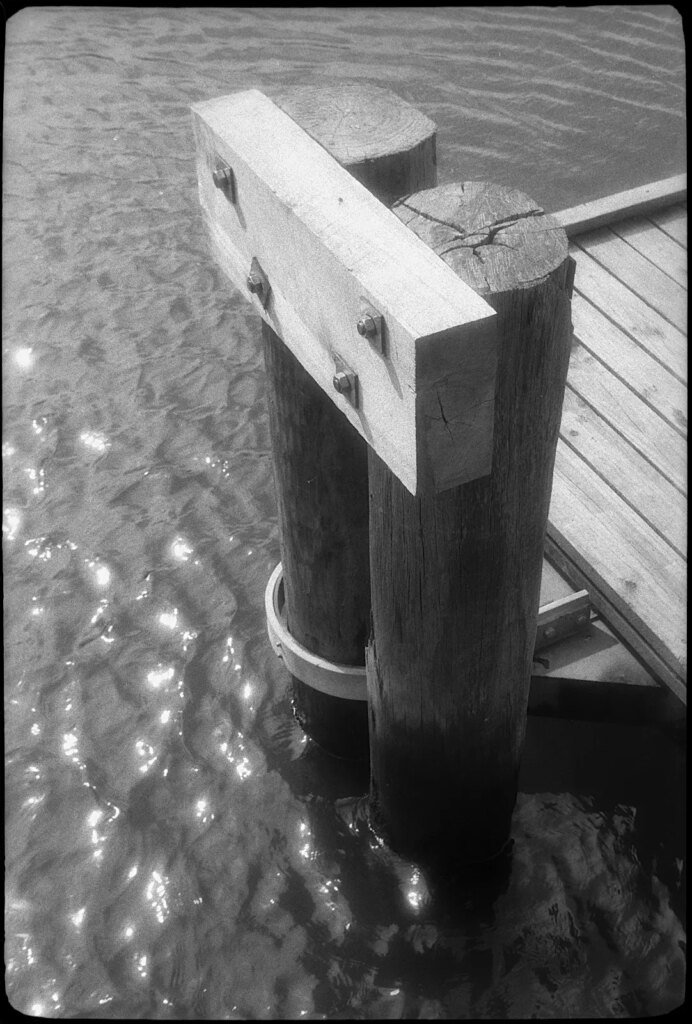

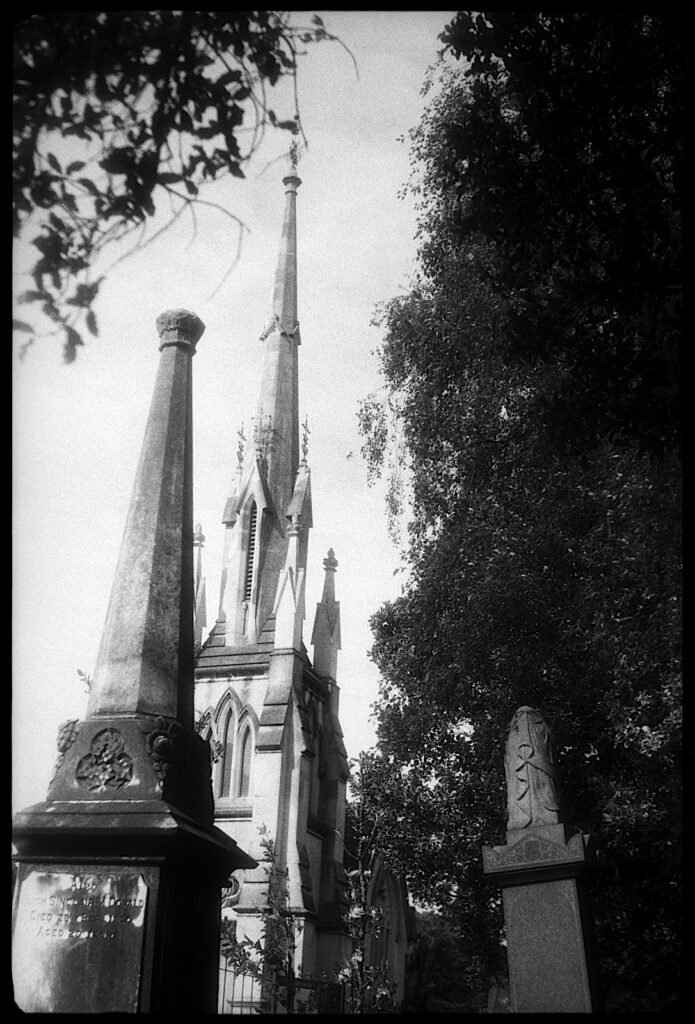
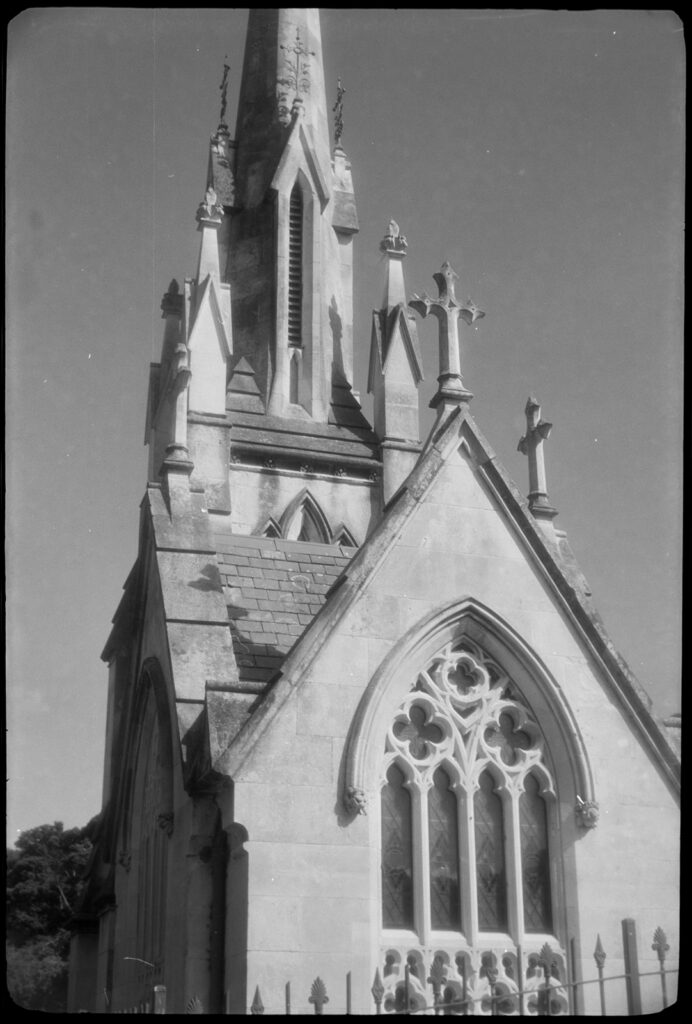
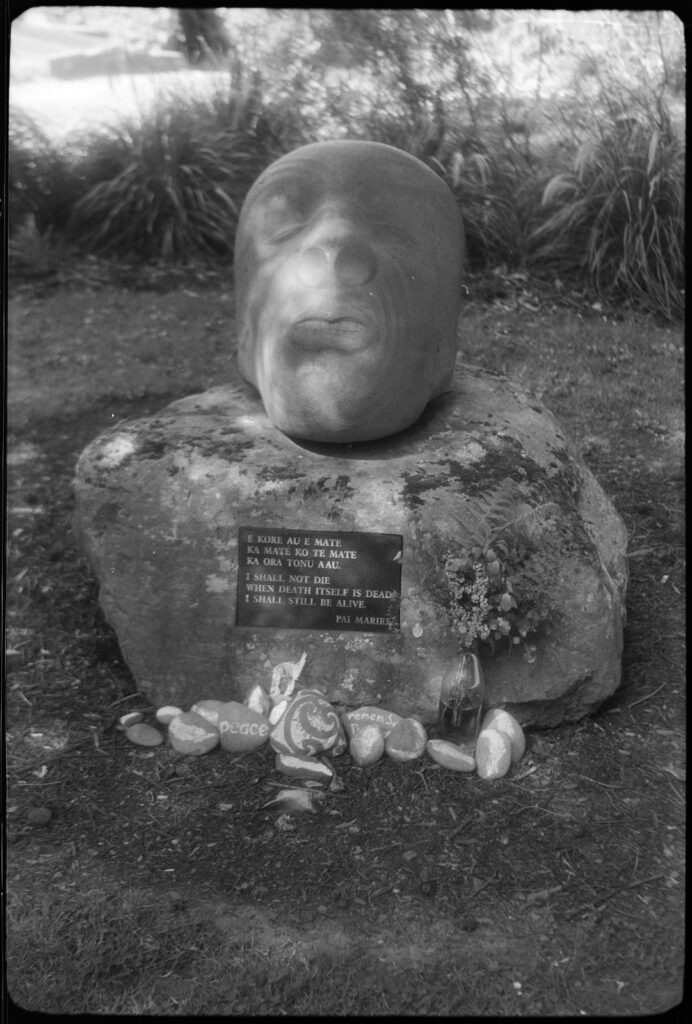
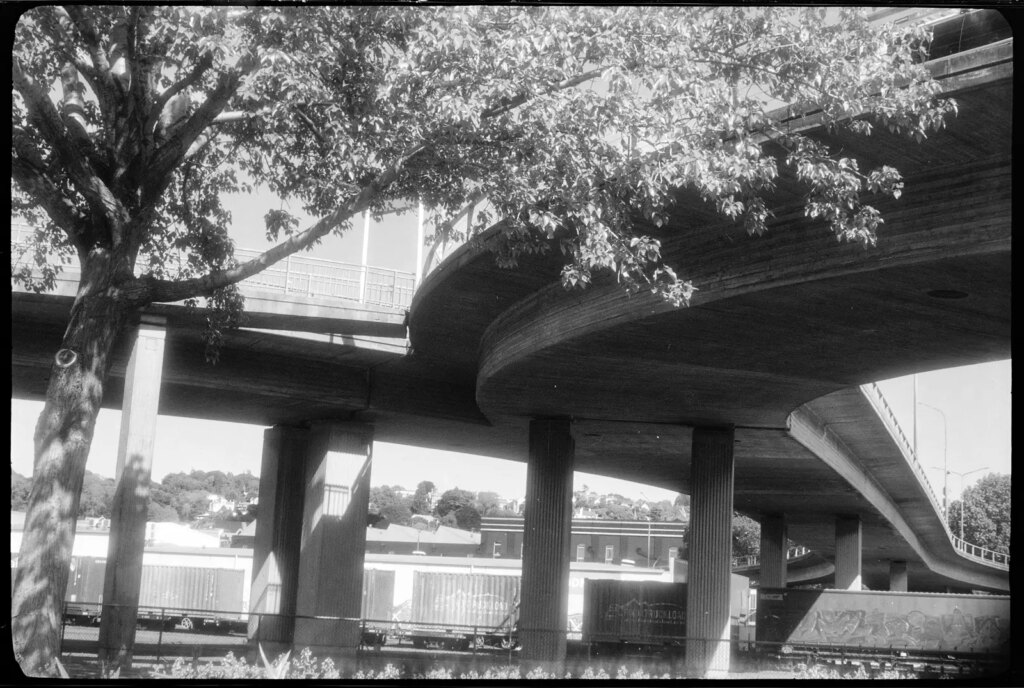
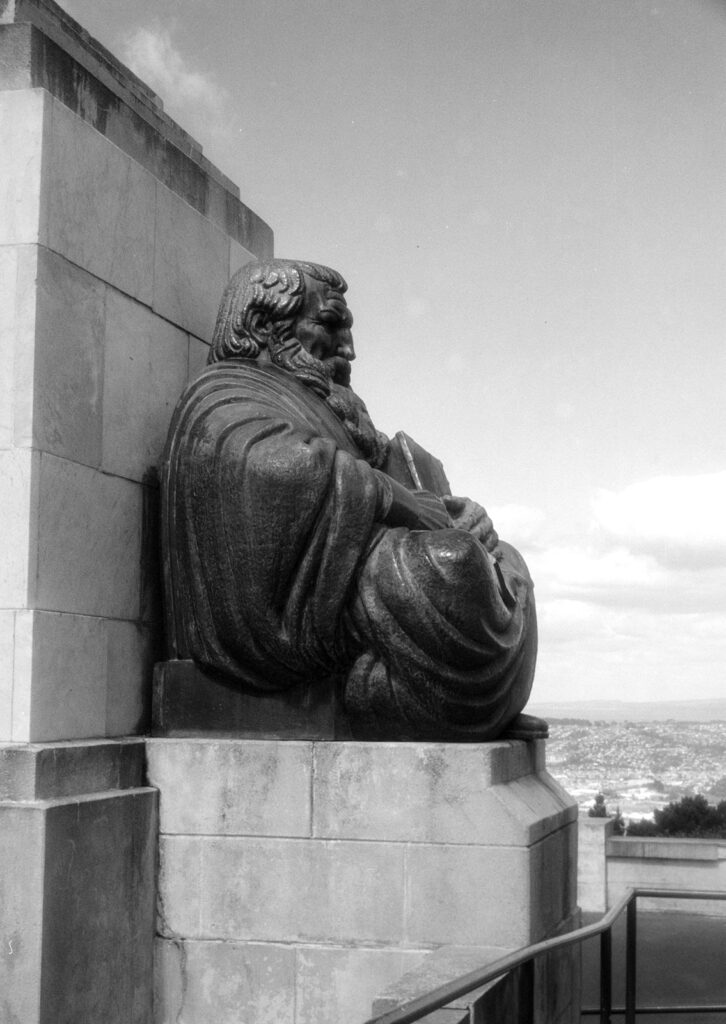

Finally
I decided my Agfa Super Silette Automatic merited a full CLA being too good to just sit on a shelf. Possibly this is a rather extravagant over-investment since Agfa doesn’t seem to attract the values others do, with a small number of exceptions. This might eventually be one of those exceptions being fairly rare, produced for only a short time resulting in small numbers and one of the last of the model series.
Value apart, it has raised my appreciation of Agfa’s engineering and design considerably, especially after the service. One review I read compared this model to a Leica with a fixed lens which is quite a compliment and I would agree that it is well up there with the likes of other major players like Voigtländer and Zeiss. I have never used a Leica to compare them myself but In terms of handling it is impressive and much better than my Retina IIc which comes from the previous generation of course and Voigtländer’s roughly contemporary Vitomatic IIa which has a very similar specification. That camera’s huge finder is 1:1 and allows both eyes to remain open but with a less easy to see rangefinder patch, manual parallax adjustment and conventional control arrangements, not quite as good ergonomically. I imagine the M Leica finder would put both in the shade.
With the case now brought back to life a little I can see me using this one for a while.
Share this post:




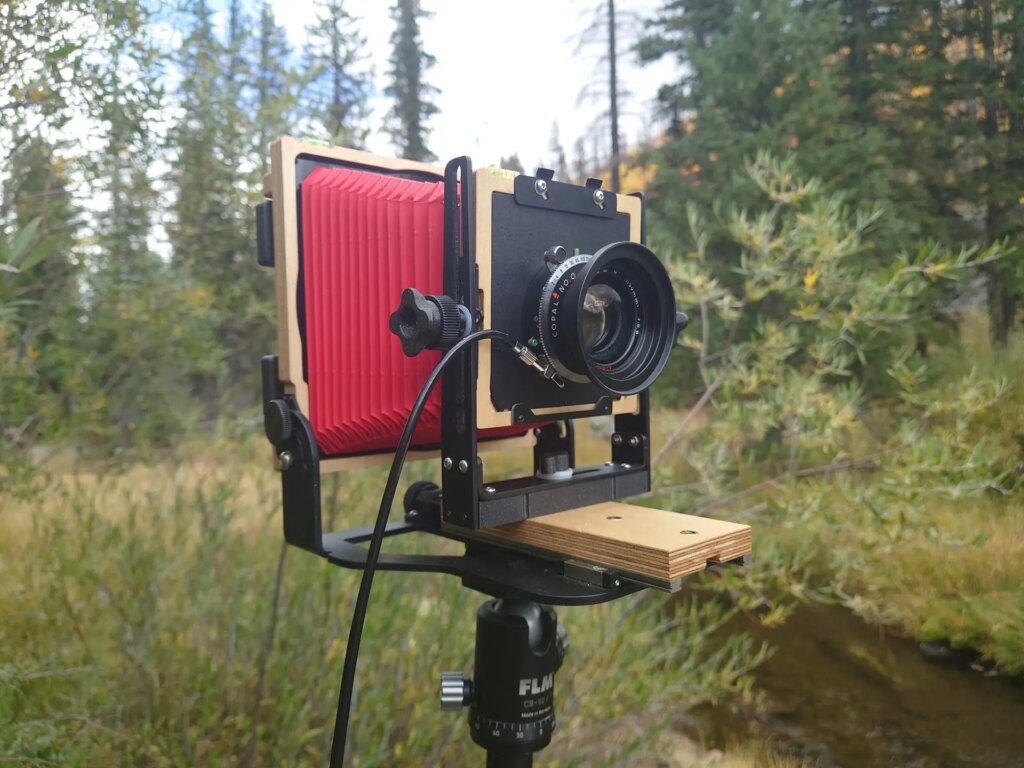




Comments
Julian Tanase on Agfa Super Silette Automatic Review
Comment posted: 10/01/2024
Thank you for this !
Comment posted: 10/01/2024
David Spencer on Agfa Super Silette Automatic Review
Comment posted: 10/01/2024
Comment posted: 10/01/2024
Myles on Agfa Super Silette Automatic Review
Comment posted: 11/01/2024
Comment posted: 11/01/2024
Paul Quellin on Agfa Super Silette Automatic Review
Comment posted: 11/01/2024
Comment posted: 11/01/2024